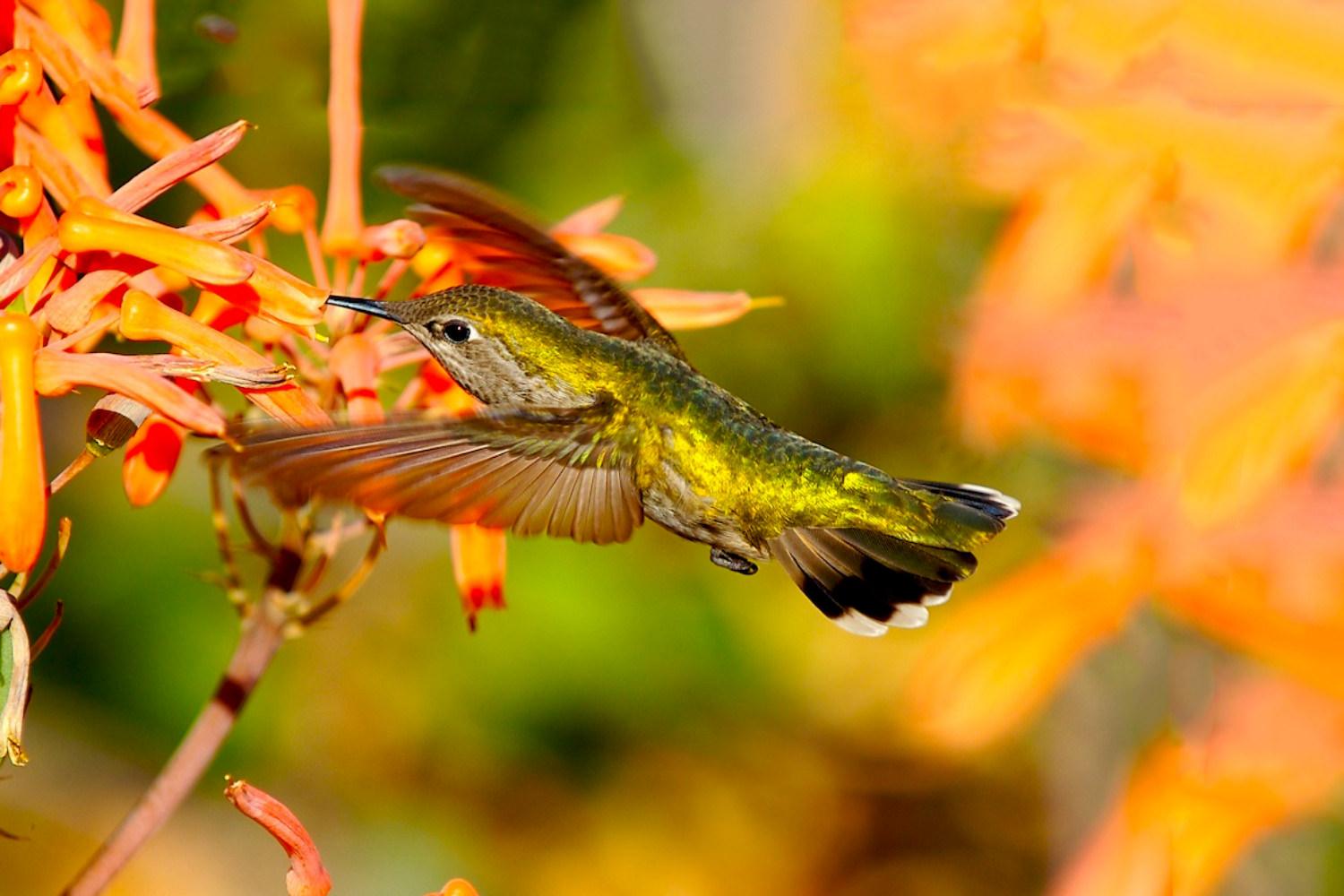Exposure is a combination of two fundamental camera settings - aperture diameter and shutter speed. Many combinations will give the right exposure, but each will have differences is depth of field, motion blur, and so on.
This interplay of different factors can seem complicated, and people can be put off learning about exposure altogether, opting instead to use their camera's automatic mode to do the work for them.
However, your camera won't do nearly as good a job at figuring out the best exposure settings as you would, and this can result in photos which lack contrast and impact. Exposure is actually a very simple concept, and once you learn it you'll be able to take more control over your photos, producing better shots in the process.
Exposure
Exposure is the amount of light that reaches the camera's sensor (or film). If we don't get enough light we end up with a photo which is dark (underexposed). Too much light and our photo comes out bright (overexposed).
A perfect exposure captures the right amount of light without losing detail in the highlights or shadows. Image by Danny Perez.
So how do we control exposure? It all comes down to a combination of two basic camera settings - aperture diameter and shutter speed. Let's examine each in turn.
Shutter Speed
Shutter speed is simply a measure of how long the camera's shutter is open for. It typically ranges from anywhere around 1/1000th of a second (a fast shutter speed or short exposure time) to several seconds (a slow shutter speed or long exposure time).
Choose a shutter speed that allows you to capture enough light without blurring the subject. Image by Joe Penniston.
Obviously, the longer the shutter is open for, the more light reaches the camera's sensor, and vice versa.
Aperture
Inside every camera lens is an opening called the aperture which works in exactly the same way as the pupil in a human eye. The aperture changes diameter from a wide aperture which lets in lots of light, to a narrow aperture which lets in less light.
Aperture diameter is measured by an "f-number". Typical values are f2.0, 2.8, 4.0, 5.6, 8.0, 11, 16, 22, 32. Somewhat confusingly, a smaller f-number represents a wider aperture and therefore more light, and a higher f-number is a narrower aperture and less light. (For the mathematically minded this is because f-number = focal length / aperture diameter).
A wider aperture/lower f-number (left) lets in more light, and vice versa.
An important thing to grasp is that these f-numbers are spaced one "f-stop" apart. By moving one f-stop you either double or halve the amount of light the aperture admits, meaning you need to either halve or double the shutter speed to keep a constant exposure.
The Hosepipe and Bucket Analogy
Before we get too bogged down in technical terms, let me tell you a simple analogy that I learned years ago, and which really helped to clarify in my mind how aperture diameter and shutter speed combine to give exposure.
You can think of aperture, shutter speed, and exposure in terms of a hosepipe filling a bucket. Image by Paul Sapiano.
Imagine you are using a hosepipe to fill a bucket to the brim. When the bucket is full that corresponds to a perfectly exposed photo.
Two things affect how much water we get in our bucket - the diameter of the hosepipe and how long we run the tap for. There are many combinations which will fill our bucket - from a narrow pipe left running for a long time to a wide pipe running for a short time, and everything in between.
A camera works in exactly the same way, with many combinations of aperture diameter ("hosepipe width") and shutter speed ("water running time") adding up to the same thing - a perfectly exposed photo ("full bucket").
Choosing the Right Aperture and Shutter Speed
As we have seen, in any given situation there are many combinations of aperture diameter and shutter speed that will give us a well-exposed photo - so which should we choose? Well, that depends entirely upon the effect you are trying to capture, but the following points will help you make the right decision:
-
A wider aperture decreases the depth of field (amount of the scene which is in focus). While this is fine (and often desirable) for portraits and close-up photos, it usually doesn't work so well for landscapes.
-
As shutter speed gets slower, motion blur becomes more apparent. This can either be blur from a moving object, or camera shake if you are hand-holding your camera.
